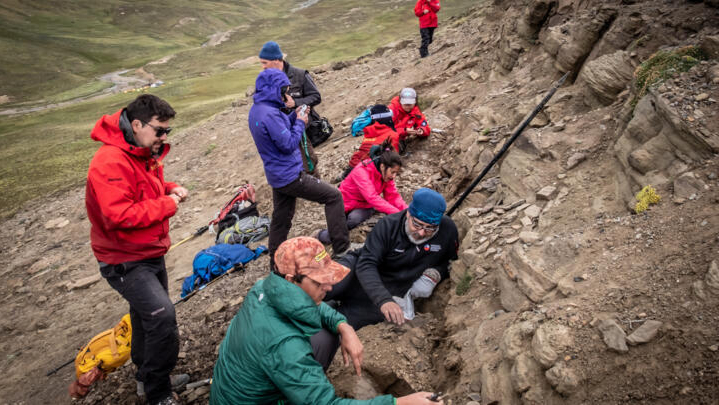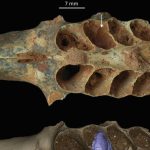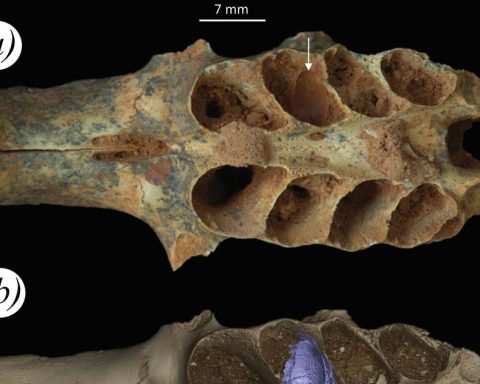Scientists found remains of four types of dinosaurs, including a megaraptor, in an inhospitable area of Chilean Patagonia that for a decade has become an important fossil site, researchers reported Wednesday.
Source: AFP
After collecting fossils on Cerro Guido, located in the Las Chinas valley, near the border with Argentina -about 2,800 km south of Santiago-In 2021, scientists took these remains to the laboratory and managed to verify that they belonged to dinosaurs that they had not previously identified in this place.
“It is always super exciting in scientific terms to find something that had not been found before or described in the Las Chinas valley, where we have begun to get used to having new findings of fossil remains,” Marcelo Leppe explained to AFP. , director of the Chilean Antarctic Institute (Inach), part of the team that made the discovery.
According to the research, the finds represent the southernmost fossil record of this type of dinosaur outside of Antarctica.
In December 2021, Chilean paleontologists presented the remains of a Stegouros elengassen, an enigmatic dinosaur whose club-shaped tail puzzled scientists, found in this same area of Chilean Patagonia.
The new discovery was made by INACH in collaboration with researchers from the University of Chile and the University of Texas in the United States, who managed to identify remains of four types of dinosaurs, including teeth and postcranial bone parts of a megaraptor belonging to the theropod family.
These carnivorous dinosaurs had raptor claws, small ripping teeth, and large upper limbs, which, according to the research, put them at the top of the food chain in this area that they inhabited between 66 and 75 million years ago at the end of the Cretaceous period.
“One of the characteristics that allowed us to identify with great confidence that they belong to megaraptorids is, first of all, that the teeth are very curved towards the back,” says Jared Amudeo, a researcher at the Paleontological Network of the University of Chile, in a statement released by this house of studies.
Two specimens of Unenlagiinae were also identified, closely related to the velociraptors, which have a “novel evolutionary character, which would indicate that it is a new species of an enlagine or perhaps a representative of a different clade (group),” Amudeo pointed out.
They also found remains of two lineages of birds: an Enantiornithe, the most diverse and abundant group of birds of the Mesozoic; and Ornithurinae, a group directly related to today’s birds.
The scientists’ work was compiled in a study that was published last December in the prestigious journal Journal of South American Earth Sciences.

















